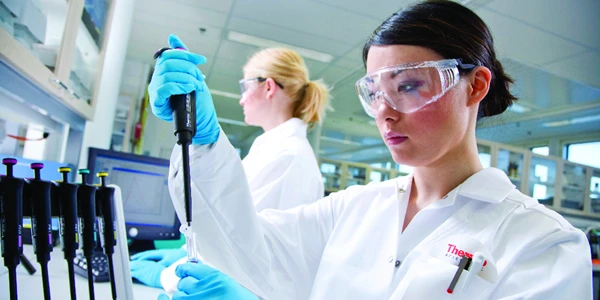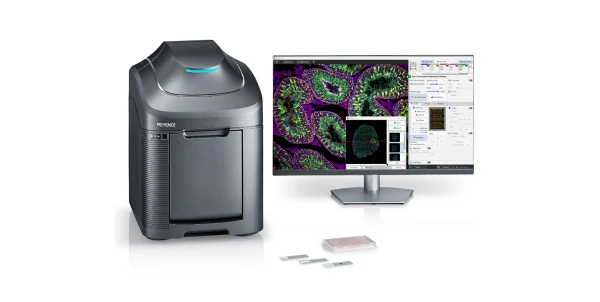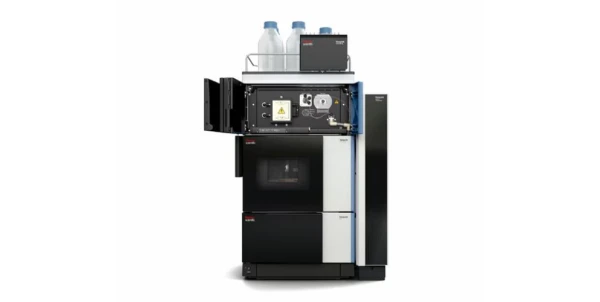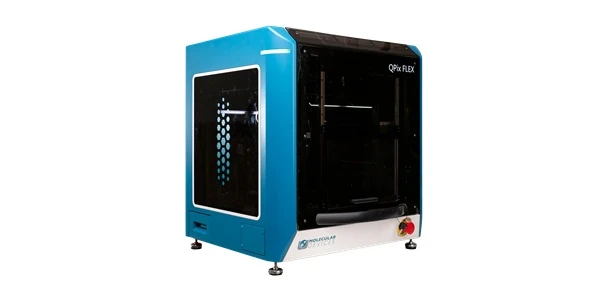Choosing the Right Rotary Evaporator for Your Lab
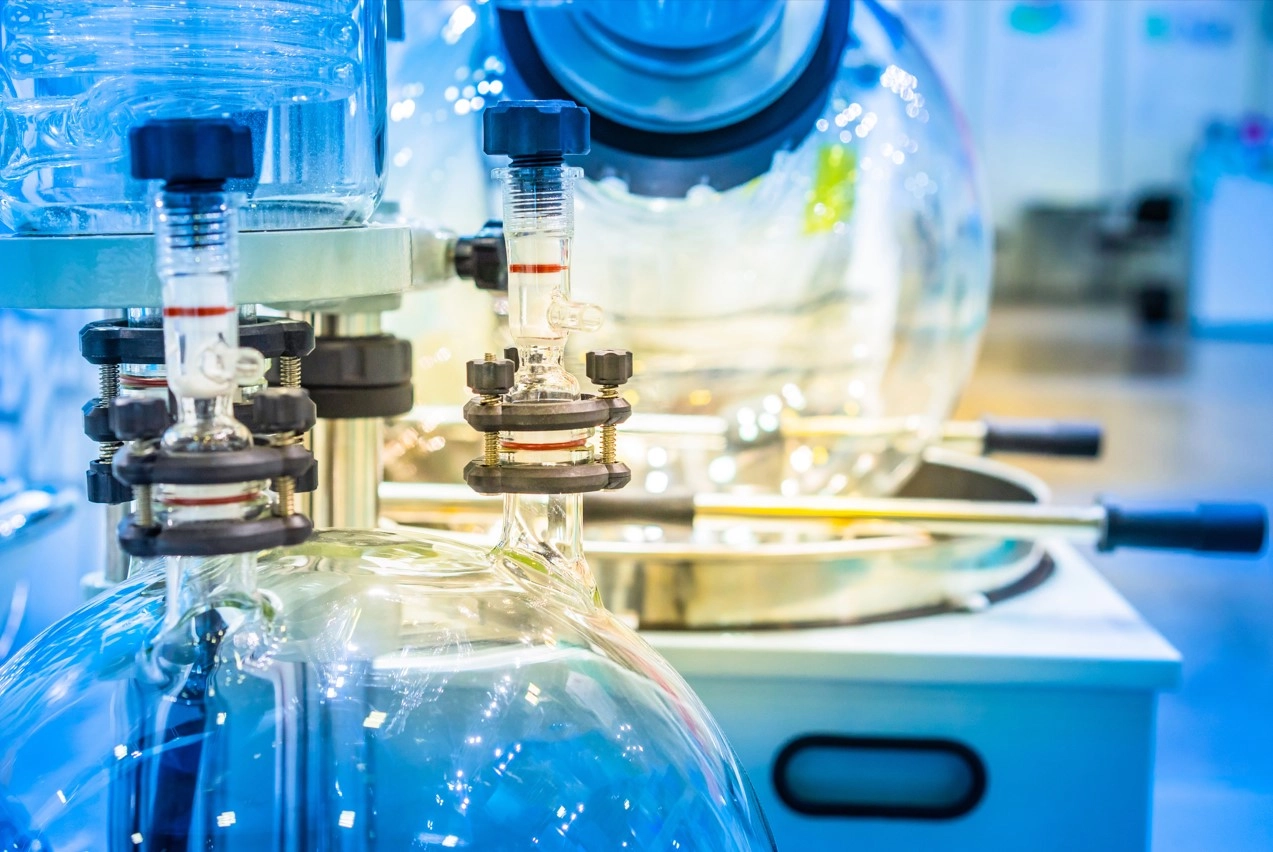
Selecting the appropriate rotary evaporator for your laboratory can be a critical decision that impacts the efficiency, safety, and overall success of your experiments. With a variety of models and features available, it's essential to assess your needs and understand the factors that will help you make the best choice. This article will guide you through the process of choosing the right rotary evaporator by focusing on the most critical aspects: assessing your needs, understanding specific application requirements, and evaluating performance and efficiency.
Assessing Your Needs
The first step in choosing the right rotary evaporator is to clearly define your laboratory’s specific needs. This involves understanding the type of work you will be performing, the volume of samples, and any specific requirements related to your applications. Here are some questions to consider:
What is the primary purpose of the rotary evaporator in your lab?
- Determine if the evaporator will be used for general solvent removal, concentration of samples, or more specialized tasks like distillation. Knowing the primary use will help you focus on models designed for those specific applications.
What is the volume and frequency of your evaporations?
- Assess the volume of solvents you typically work with. Large-scale operations will require an evaporator with a larger flask capacity and robust design, while smaller labs may find standard models sufficient. Consider how often you will use the equipment and choose a model that can handle the workload without frequent maintenance.
What are the safety and compliance requirements?
- Make sure to choose a rotary evaporator that meets all relevant safety standards and certifications. Consider any specific safety features required for handling hazardous materials or high-temperature operations.
How to Determine the Most Suitable Type of Rotary Evaporator for Your Laboratory Needs
Once you have a clear understanding of your laboratory’s requirements, you can narrow down the options to find the most suitable type of rotary evaporator. Here are some key considerations:
Type of Condenser: Choose between vertical and diagonal condensers based on space and cooling efficiency. Vertical condensers save space and are ideal for labs with height restrictions, while diagonal condensers are more versatile and easier to use in various setups.
Flask Capacity: Select an evaporator with a flask size that matches your typical sample volume. For routine tasks, a smaller flask might suffice, but for larger-scale applications, opt for models with larger flask capacities to handle bigger volumes efficiently.
Automation Features: Consider models with automation features like digital controls, automated lift systems, and vacuum regulation. These features enhance precision, reduce manual intervention, and improve overall workflow efficiency.
Factors to Consider for Specific Applications
Different applications may require specific features and capabilities from a rotary evaporator. Here’s a breakdown of considerations for common applications:
Solvent Recovery: If your primary task is solvent recovery, focus on rotary evaporators with efficient condensers and high solvent recovery rates. Look for models with advanced cooling systems and precise temperature control to maximize recovery efficiency.
Concentration of Samples: When concentrating samples, it’s essential to maintain sample integrity. Choose a rotary evaporator with gentle heating and precise control over evaporation rates to avoid degradation of sensitive compounds.
Distillation: For distillation processes, select a rotary evaporator with robust construction and the ability to maintain a stable vacuum. A well-designed vacuum system will ensure efficient distillation and separation of components.
Performance and Efficiency
Performance and efficiency are critical factors that directly impact the effectiveness of your rotary evaporator. Understanding these aspects will help you select a model that meets your lab's operational requirements.
Evaporation Rate: The evaporation rate is a key performance metric. It indicates how quickly a rotary evaporator can remove solvent from a sample. Higher evaporation rates translate to faster processing times, which is beneficial for labs with high throughput demands. Ensure the evaporator can achieve the necessary evaporation rates without compromising the quality of the sample.
Cooling Efficiency: Effective cooling is essential for condensing the evaporated solvent. Rotary evaporators with high cooling efficiency reduce solvent loss and improve recovery rates. Look for models with advanced cooling technologies and options for integrating external cooling units if needed.
Evaluating Energy Efficiency: Energy efficiency is an important consideration for long-term operational costs. Choose a rotary evaporator with energy-saving features such as automated shut-off, energy-efficient motors, and optimized heating systems. Reducing energy consumption not only lowers operational costs but also supports sustainability initiatives.
Conclusion
Choosing the right rotary evaporator for your lab involves careful consideration of your specific needs, application requirements, and performance criteria. By assessing your lab’s workflow, understanding the types of applications you will be handling, and evaluating the performance and efficiency of different models, you can make an informed decision that enhances productivity, ensures safety, and optimizes operational costs. A well-chosen rotary evaporator will serve as a valuable asset to your laboratory, supporting high-quality research and efficient sample processing.
